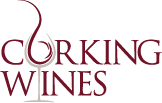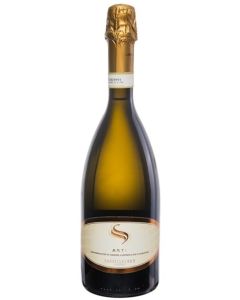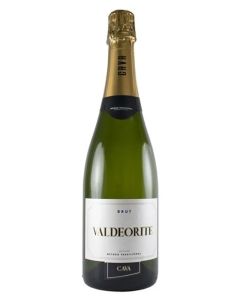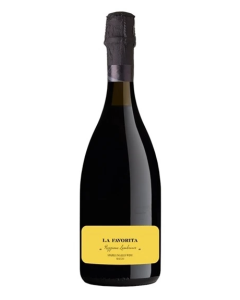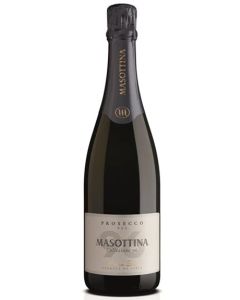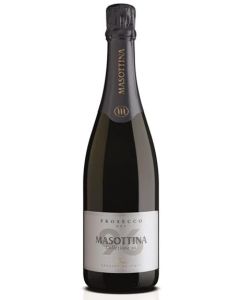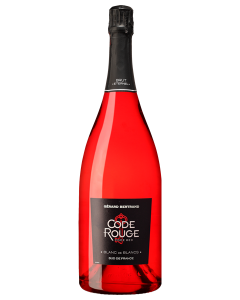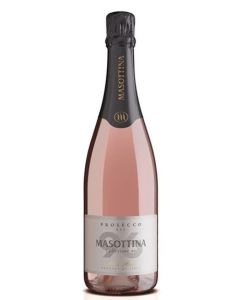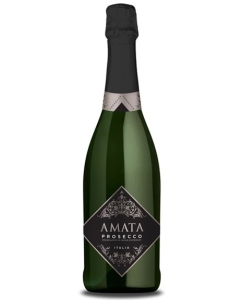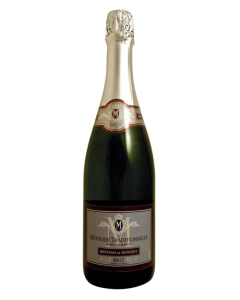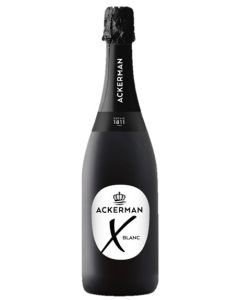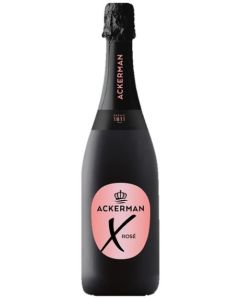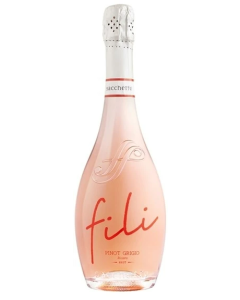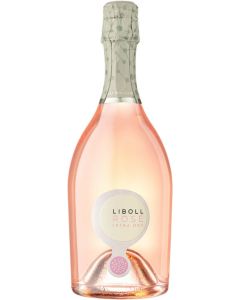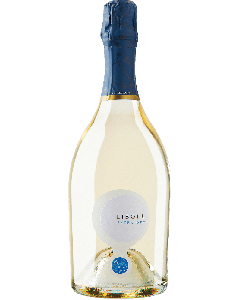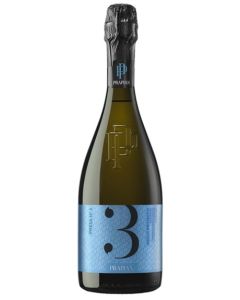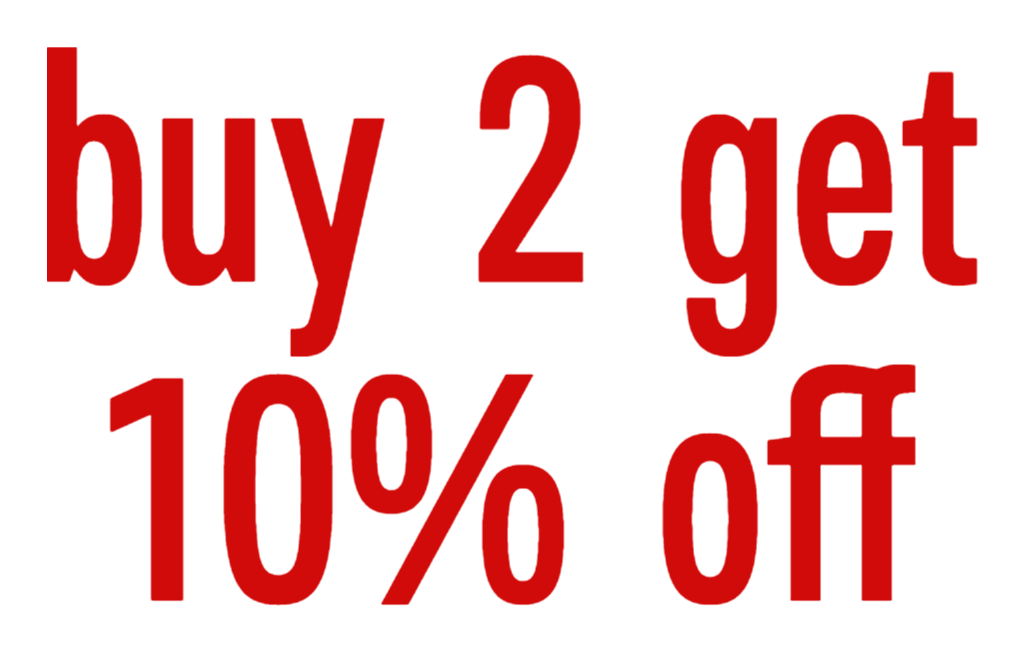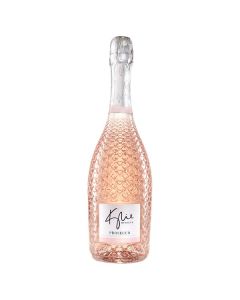We use cookies to make your experience better. To comply with the new e-Privacy directive, we need to ask for your consent to set the cookies. Learn more.
Champagne & Sparkling
Champagne & Sparkling Wines
Discover the effervescent world of Champagne and sparkling wines — perfect for celebrations, romantic dinners, or simply elevating an ordinary moment. Whether you're seeking a classic French Champagne or a refreshing Italian Prosecco, our curated collection brings the finest bubbles to your glass.
Why Choose Champagne and Sparkling Wines?
From light and fruity to dry and complex, sparkling wines are a versatile choice for wine lovers everywhere.
Available in diverse styles: Brut, Rosé, Demi-Sec, Extra Dry, Cuvée, and more
Perfect for toasts, gifts, weddings, and holiday dinners
Types of Sparkling Wines We Offer at Corking Wines...
Champagne (France)
Authentic French Champagne from the Champagne region
Premium labels such as Moët & Chandon, Collet, Dom Pérignon, Duval-Leroy, Laurent-Perrier, Krug, Abele, Pol Roger, Palmer, Drappier, Nicolas Feuillatte...
AOC-certified, made using the Méthode Champenoise
Prosecco (Italy)
Light, crisp, and fruity — ideal for brunch or aperitifs
Popular Prosecco DOC and DOCG varieties
Cava (Spain)
Traditional method sparkling wine from Spain
California Sparkling Wines
Crémant from Loire and Burgundy
Sparkling Rosé, Moscato d’Asti, Lambrusco
Quick Champagne & Sparkling Wines Q&A
What is the difference between Champagne and sparkling wine?
Champagne is a specific type of sparkling wine produced exclusively in the Champagne region of France using the traditional method, which involves secondary fermentation in the bottle to create bubbles. Sparkling wines made outside this region or using different production methods cannot be labelled as Champagne.
What do terms like 'Brut' and 'Demi-Sec' indicate about Champagne's sweetness levels?
These terms refer to the amount of residual sugar in Champagne:
Brut: Contains less than 12 grams of sugar per liter, resulting in a dry taste.
Demi-Sec: Contains between 32 to 50 grams of sugar per liter, offering a sweeter profile.
How can I keep Champagne bubbly after opening?
To preserve Champagne's effervescence after opening, use a high-quality Champagne stopper to seal the bottle and store it in the refrigerator. This method can maintain the bubbles for three to five days. Placing a metal spoon handle-down into the neck of the bottle is a common myth and does not effectively preserve carbonation.
Understanding these aspects can enhance your appreciation of Champagne and sparkling wines, ensuring optimal storage, serving, and enjoyment.
What is the traditional method in Champagne production?
The traditional method (or Méthode Champenoise) is the process used to create Champagne and many other high-quality sparkling wines:
Primary Fermentation: The wine undergoes its first fermentation, where sugars are converted into alcohol.
Secondary Fermentation: The wine is bottled with added sugar and yeast to induce a second fermentation, which produces bubbles.
Riddling: The bottles are gradually tilted and rotated to move the sediment towards the neck
Disgorging: The sediment is removed, and the bottle is sealed with a cork.
Can sparkling wine be used in cocktails?
Yes! Sparkling wines, especially Prosecco and Champagne, are popular in cocktails due to their effervescence and vibrant flavour. Some well-known cocktails include:
Mimosa: A refreshing blend of Champagne and orange juice.
Bellini: A mixture of Prosecco and peach purée.
Kir Royale: Champagne combined with a splash of crème de cassis (blackcurrant liqueur).
Champagne Cocktail: A classic drink made with Champagne, sugar, bitters, and a lemon twist.
Browse the Corking Wine Champagne & Sparkling Wine Collection Today
Celebrate life's moments with style. Order Champagne and sparkling wine online and enjoy fast, secure delivery to your door. Whether you're building a wine cellar or picking a bottle for tonight, our selection has something to sparkle about.
